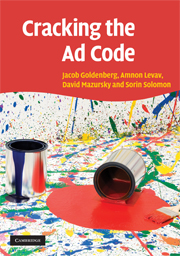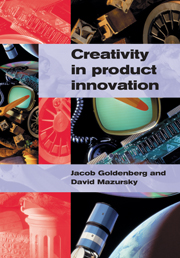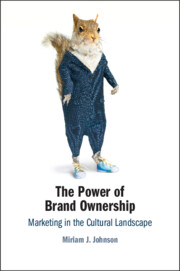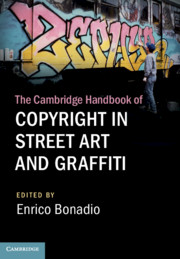Cracking the Ad Code
Do you need to produce successful creative ideas in advertising? If so, then you need this book. For the first time, the secret of inventing new creative campaigns is unlocked, and practical tools are presented to allow quick production of creative ideas in marketing communications. Along with over 100 advertisement examples and numerous case studies, you also get a systematic analysis of the creation aspect of advertising, together with a taste of the real world of advertising and what makes it work. Marketing professionals in companies will learn what to expect from their agencies, whilst agencies will be able to explain their work to clients in an analytic language that is easily understood. This is essential reading for advertising professionals working for agencies and in marketing and communication departments. It is also a useful tool for students of advertising, marketing, communication, and management, from introductory level up to research faculty.
- Demonstrates practical tools that can be used to create successful adverts
- Over 100 advertisement examples provide an enriched reading experience and allow for more effective learning
- Plentiful case studies provide an in-depth analysis together with real-world valuable experiences
Product details
April 2009Paperback
9780521675970
178 pages
246 × 175 × 10 mm
0.37kg
131 b/w illus.
Temporarily unavailable - available from TBC
Table of Contents
- Introduction
- 1. Unification
- 2. Activation
- 3. Metaphor
- 4. Subtraction
- 5. Extreme consequence
- 6. Absurd alternative
- 7. Inversion
- 8. Extreme effort
- 9. Attribute-value mapping.






